The Limited Use and Non-Use of Digital Tools and Technologies in the Activities of Political Parties in Poland
Abstrakt
This article examines selected causes and manifestations of a limited use or outright non-use of digital technologies and tools by political parties in Poland. The analysis focuses on key areas of party activity within the digital ecosystem, particularly internal dimensions such as membership, party financing, internal e-voting, and decision-making processes. The research design combines a review of the existing literature, critical analysis of primary sources (including party websites and statutes), and original data derived from an expert survey.Bibliografia
Bennett, W. L., Segerberg, A., & Knüpfer, C. B. (2018). The democratic interface: Technology, political organisation, and diverging patterns of electoral representation. Information, Communication & Society, 21(11), 1655–1680. https://doi.org/10.1080/1369118X.2017.1348533
Bolleyer, N. (2012). New party organization in Western Europe: Of party hierarchies, stratarchies and federations. Party Politics, 18(3), 315–336. https://doi.org/10.1177/1354068810382939
Boulianne, S. (2015). Social media use and participation: A meta-analysis of current research. Information, Communication & Society, 18(5), 524–538. https://doi.org/10.1080/13691 18X.2015.1008542
Correa, P., Barberà, O., Rodríguez-Teruel, J., & Sandri, G. (2021). The digitalisation of political parties in comparative perspective. In O. Barberà, G. Sandri, P. Correa, & J. Rodríguez-Teruel (Eds.), Digital Parties. The Challenges of Online Organisation and Participation. (pp. 287–304). Springer.
Deseriis, M. (2020). Two variants of the digital party: The platform party and the networked party. Partecipazione e Conflitto, 13(1), 896–917.
Dommett, K., Kefford, G., & Power, S. (2020). The digital ecosystem: The new politics of party organization in parliamentary democracies. Party Politics, 27, 847–857.
Gauja, A., Kosiara-Pedersen, K., & Weissenbach, K. (2024). Party membership and affiliation: Realizing party linkage and community in the twenty-first century. Party Politics, 31(2), 207–216. https://doi.org/10.1177/13540688241306730 (Original work published 2025)
Gerbaudo, P. (2019). The digital party: Political organisation and online democracy. Pluto Press.
Gibson, R., Greffet, F., & Cantijoch, M. (2016). Friend or Foe? Digital Technologies and the Changing Nature of Party Membership. Political Communication, 34(1), 89–111. https://doi.org/10.1080/10584609.2016.1221011
González-Cacheda, B., & Cancela Outeda, C. (2024). Digitalisation and political parties in Europe. Party Politics, 31(3), 488–498. https://doi.org/10.1177/13540688231225639 (Original work published 2025)
González-Cacheda, B., Cancela Outeda, C., & Cordal, C. (2022). Factors for the digitalisation of political parties in Portugal and Spain: A comparative perspective. Partecipazione e Conflitto, 15(2), 330–350. https://doi.org/10.1285/i20356609v15i2p330
Inicjatywa Polska. (n.d.) Strona główna. Retrieved 16 September 2025, from ipl.org.pl
Jacuński, M. (2018). Digitalization and political party life in Poland: A study of selected communication habits of party members and elective representatives. Polish Political Science Review, 6(2), 6–25.
Jacuński, M. (2023). Proces digitalizacji partii politycznych: W kierunku interdyscyplinarności badań. Wrocławskie Studia Politologiczne, 107–116. https://doi.org/10.19195/1643–0328.31.7
Klimowicz, D., 2018. Network Parties: A Model for Democratizing and Digitalizing Party Politics, Progressive Zentrum. Germany. Retrieved from https://coilink.org/20.500.12592/bwct33 on 15 Oct 2025.
Konfederacja. (n.d.) Strona główna. Retrieved 16 September 2025, from konfederacja.pl
Lewica (n.d.) Strona główna. Retrieved 16 September 2025, from lewica.org.pl
Mompó, A., Meloni, M., Barberà, O., Lupato, F., Sandri, G., & von Nostitz, F. (2025). When do parties go digital? Examining the drivers of internal and external party digitalisation. Party Politics, 0(0). https://doi.org/10.1177/13540688251339977
Norris, P. (2001). Digital divide: Civic engagement, information poverty, and the internet worldwide. Cambridge University Press.
OECD. (2025). Going digital. https://www.oecd.org/en/about/projects/going-digital.html
Partii Prawo i Sprawiedliwość. (n.d.) Strona główna. Retrieved 16 September 2025, from bip.pis.org.pl
Platforma Obywatelska. (n.d.) Strona główna. Retrieved 16 September 2025, from platforma.org
Polska 2050. (n.d.) Strona główna. Retrieved 16 September 2025, from polska2050.pl.
Polskie Stronnictwo Ludowe. (n.d.) Strona główna. Retrieved 16 September 2025, from psl.pl
Razem. (n.d.) Strona główna. Retrieved 16 September 2025, from partiarazem.pl.
SobolewskaMyślik, K., KosowskaGąstoł, B., & Borowiec, P. (2007). Członkostwo w polskich partiach politycznych. Politeja, 8, 437–460.
Vaccari, C., & Valeriani, A. (2015). Accidental exposure to politics on social media as online participation equalizer in Germany, Italy, and the United Kingdom. New Media & Society, 18(9), 1857–1874. https://doi.org/10.1177/1461444815616223
Vittori, D. (2020). Membership and members’ participation in new digital parties: Bring back the people? Comparative European Politics, 18, 609–629. https://doi.org/10.1057/s41295–019-00201–5
Ziegler, S., Borucki, I., & Weissenbach, K. (2024). The digital transformation of party membership: How party members perceive online participation and adapt to it under pandemic circumstances. Party Politics, 31(2), 251–264. https://doi.org/10.1177/13540688241306726
Zieloni. (n.d.) Strona główna. Retrieved 16 September 2025, from partiazieloni.pl



